Are you a teacher or a home-schooler looking for Free First Day of Spring Equinox worksheets for 2nd 3rd Grades. If so, then you are in the right place.
I have designed a 3-page worksheet for you to use inside your class on Spring Equinox Day, or during springtime. You will find the free worksheet towards the end of this article.
Teaching children about seasons and the spring equinox holds great importance for several reasons. It fosters an understanding of the natural world. The kids are connected to the environment and thus encourage their curiosity to learn about astronomy
Additionally, teaching kids about spring equinox introduces students to cultural traditions and celebrations, while enhancing scientific literacy. Understanding seasonal changes helps children recognize patterns in nature and develop an awareness of environmental stewardship.
Moreover, studying seasons promotes cognitive development through critical thinking and observation skills. Overall, incorporating lessons on seasons and the spring equinox provides a comprehensive education, encompassing science, culture, and environmental awareness, while nurturing a deeper appreciation for the world around them.
Spring Equinox Fact File
The spring equinox is an exciting time of year when the day and night are nearly equal in length. It marks the official beginning of spring and brings with it a sense of renewal and growth.
For kids, the spring equinox can be a fascinating opportunity to learn about the changing seasons, the Earth’s position in relation to the sun, and the science behind the changing daylight hours.
What is the Spring Equinox and When Does it Occur?
The Spring Equinox is a really cool event that happens every year, usually around March 19th, 20th or 21st.
Spring Equinox is a special day when the sun crosses the celestial equator, which is an imaginary line in the sky above the Earth’s equator. This day marks the beginning of spring in the Northern Hemisphere, which means the warmer weather is on the way!
The word “equinox” actually means “equal night” in Latin. That’s because on the day of the Spring Equinox, the amount of daylight and darkness is almost exactly equal. It’s like the Earth is standing up straight, with the North and South Poles perfectly balancing the amount of sunlight each part of the Earth receives.
During the Spring Equinox, the Earth’s axis is not tilted toward or away from the sun. This means that the sun shines directly over the equator, making day and night almost the same length all over the world.
In many cultures, the Spring Equinox is also a time for celebrations and festivals. People have been marking the arrival of spring for thousands of years, with traditions like feasting.
Another tradition that is common in many cultures is the practice of cleaning and decluttering the home. This is seen as a way to symbolically get rid of the old and make way for new beginnings.
Free First Day of Spring Equinox worksheets for 2nd 3rd Grades
Designing engaging activities for 2nd and 3rd graders for the first day of spring equinox can be both fun and educational. Here are some ideas:
- Seasonal Sorting: Provide a variety of pictures or objects representing different seasons (e.g., snowflake, sun, leaves, flowers) and ask students to sort them into categories based on the season they belong to. This activity helps reinforce their understanding of seasonal characteristics.
- Seasonal Art: Set up an art station with materials such as colored paper, crayons, markers, and stickers. Encourage students to create seasonal artwork depicting scenes from each season or specific elements like flowers blooming in spring or snowflakes falling in winter.
- Seasonal Story Writing: Have students write short stories or poems inspired by different seasons. Provide prompts or brainstorming activities to help them generate ideas, and then allow them to share their creations with the class.
- Seasonal Science Experiments: Conduct simple science experiments related to seasonal phenomena, such as melting ice to demonstrate the transition from winter to spring or observe how seeds germinate to explore the concept of growth in spring.
- Seasonal Sensory Bins: Create sensory bins filled with materials representing different seasons, such as fake snow for winter, dried leaves for autumn, or flower petals for spring. Allow students to explore and manipulate the materials while discussing their sensory experiences and seasonal associations.
- Seasonal Calendar: Work together as a class to create a seasonal calendar, with each month representing a different season. Discuss the unique characteristics and events associated with each season, and have students decorate the calendar with seasonal images and symbols.
- Seasonal Songs and Rhymes: Teach students seasonal songs, rhymes, or chants related to each season. Encourage them to sing along and incorporate movements or actions to enhance engagement and kinesthetic learning.
- Seasonal Games: Play seasonal-themed games such as memory matching games with cards featuring seasonal images, or charades where students act out different seasonal activities or elements.
- Seasonal Show and Tell: Invite students to bring in objects or pictures related to their favorite season and share them with the class. Encourage them to describe why they chose their item and what they enjoy most about that particular season.
- Seasonal Discussion Circle: Hold a class discussion about seasonal changes, traditions, and favorite activities associated with each season. Encourage students to share their thoughts, experiences, and cultural perspectives on different seasons.
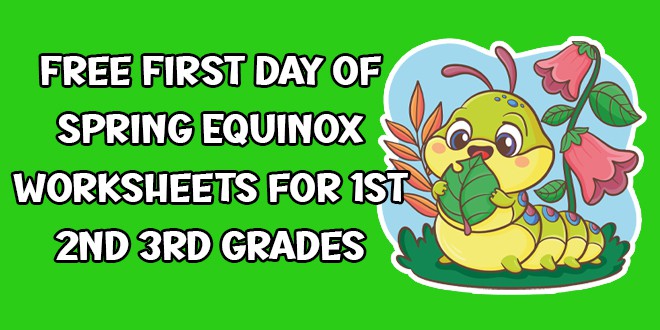

These are more engaging, fun and educational activities for 1st, 2nd and 3rd graders for the first day of spring and spring equinox:
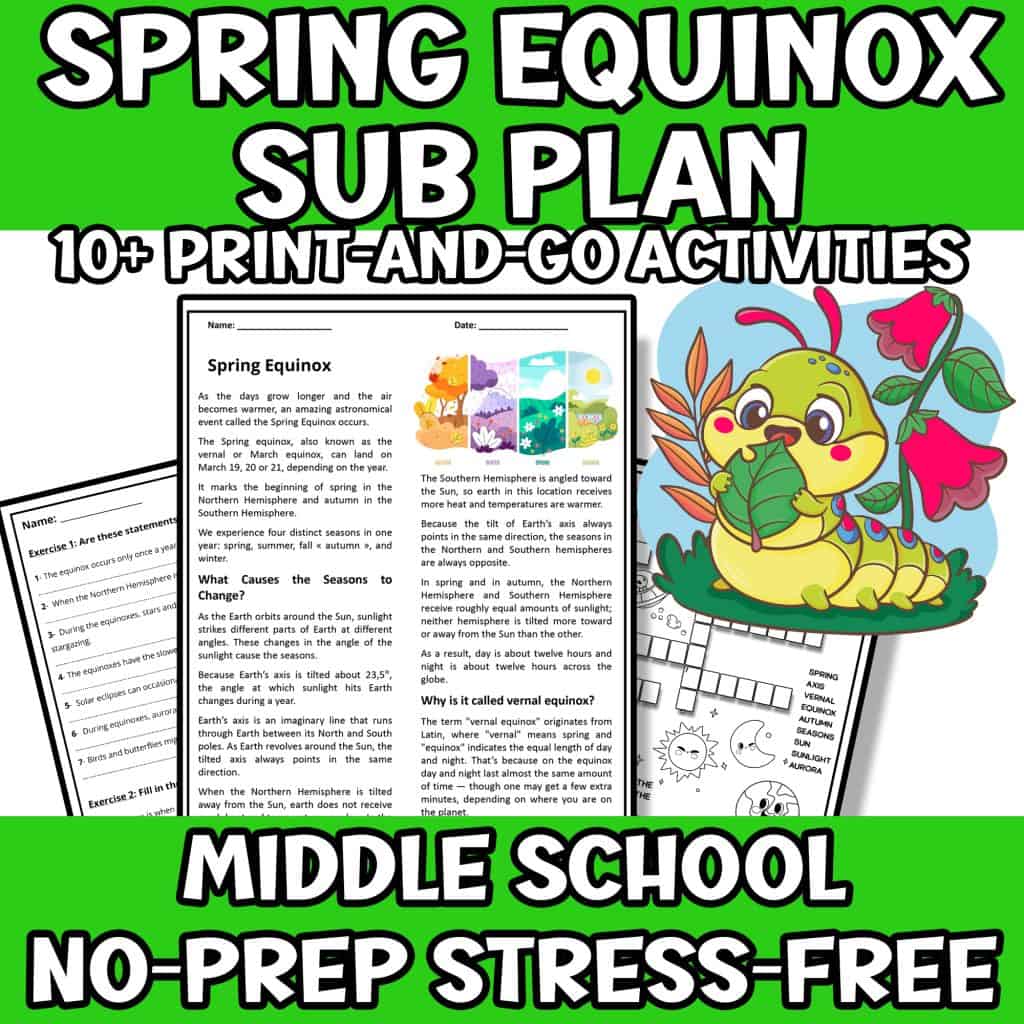
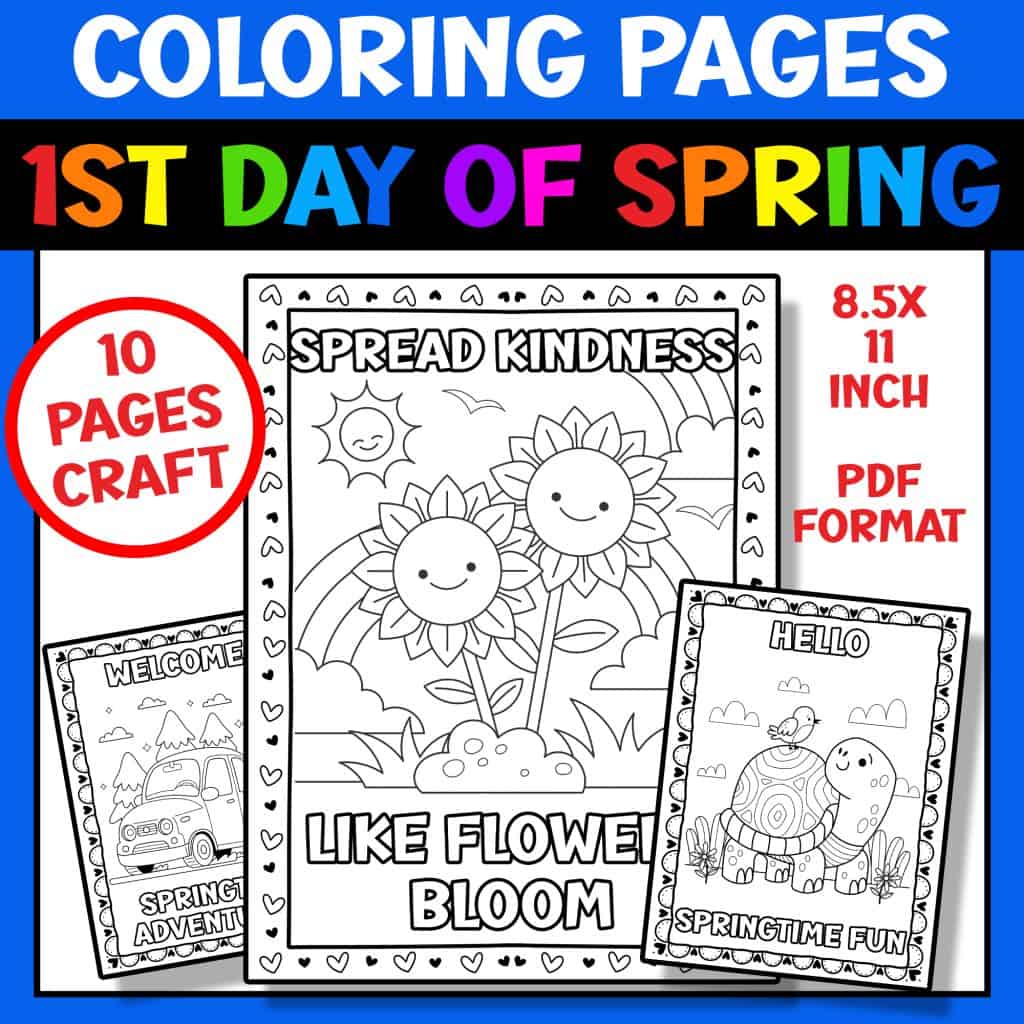
You might also like:
Leap Year Reading Comprehension Worksheet Free PDF Download 3rd Grade

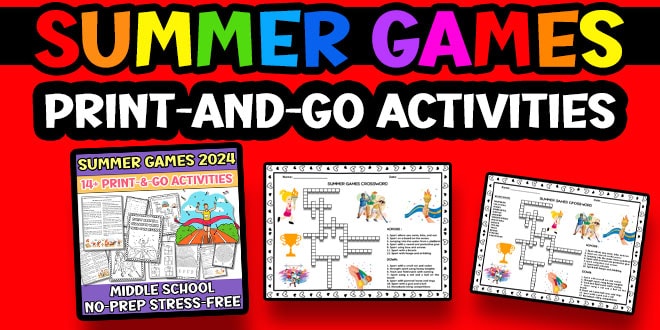
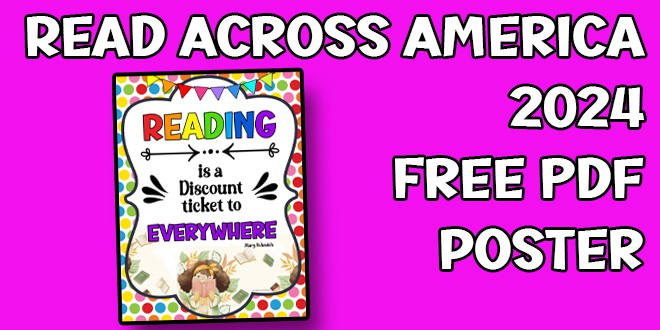
Leave a Reply